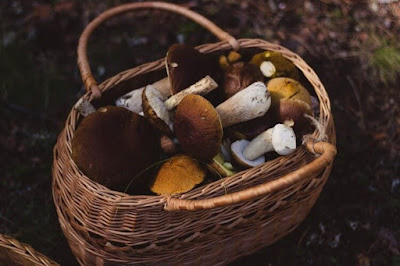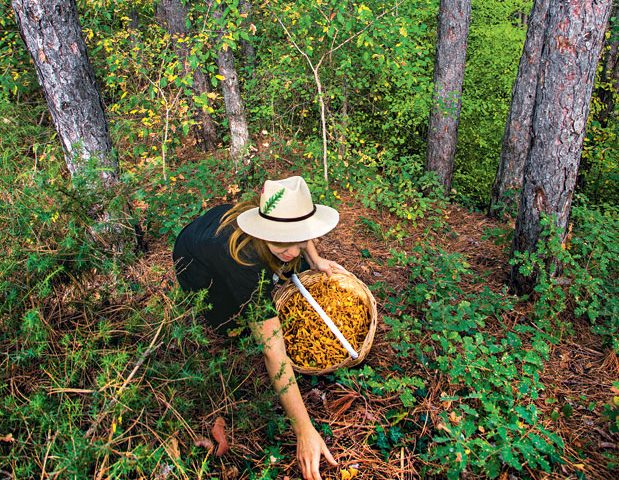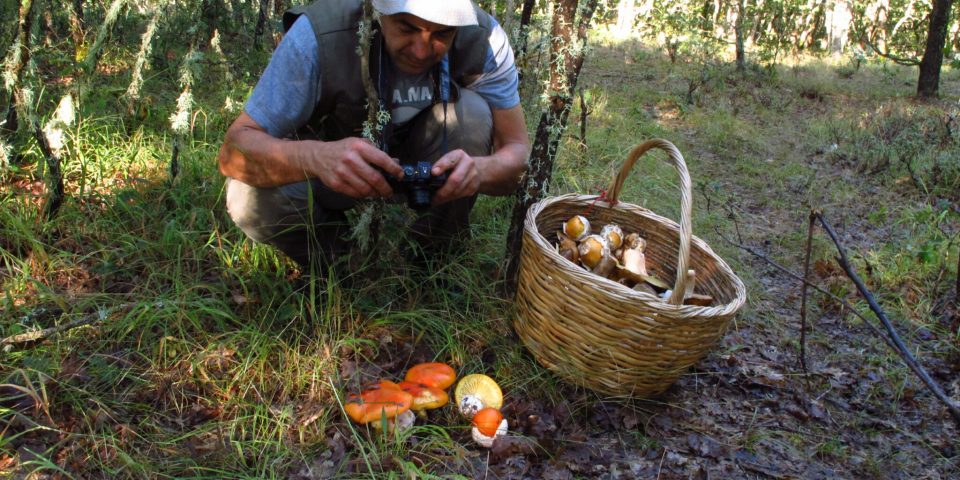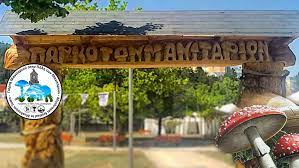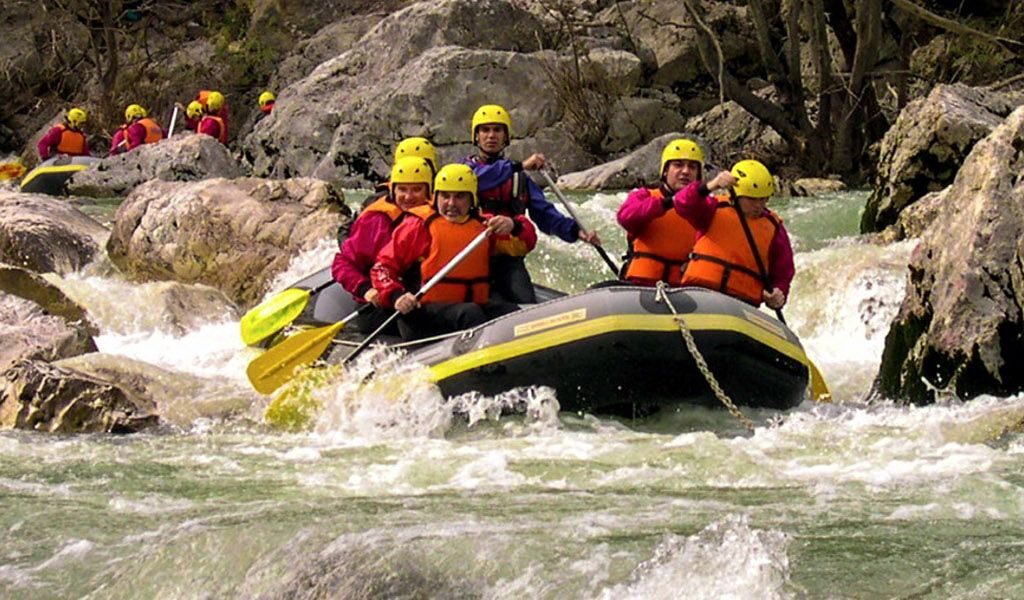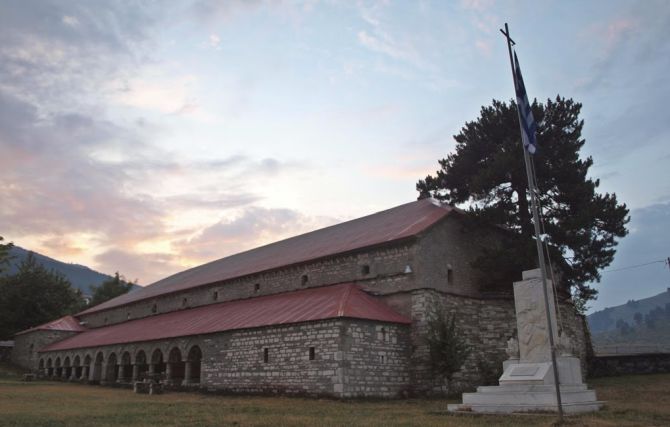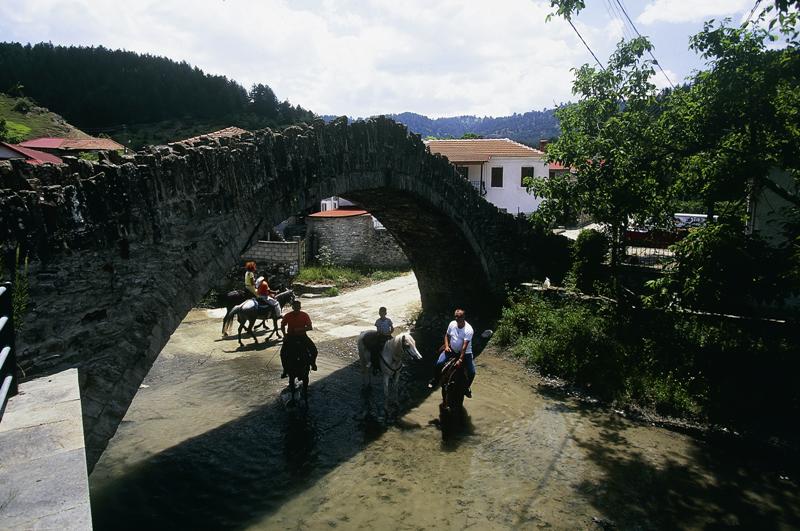Περιγραφή
Mushrooms are fungi that constitute a numerous group of organisms, the second most numerous in terms of species on the planet, after insects, and constitute one of the five kingdoms. Fungi lack chlorophyll and are unable to synthesize organic compounds. They are heterophotosynthetic organisms and obtain the necessary organic compounds from living or dead organisms.
What most of us call a mushroom is the visible part of the organism, the carposome, which is located above the surface of the substrate. Inside or on the substrate is the body of the fungus, the thallus. The thallus consists of filamentous tubes, the mycelial hyphae, which are rarely visible to the naked eye and which produce the carpososomes.
Their role in the ecosystem
The ways in which fungi obtain energy are particularly important for the economy of nature. The role in the balance of the carbon and mineral cycle is considered irreplaceable. Participation in the breakdown of cellulose and xylin is considered particularly important.
By secreting the appropriate enzymes, fungi break down complex organic compounds into simple elements. If there were no fungi and bacteria to decompose the leaves that fall in autumn in deciduous forests, the forests would disappear from the piles of leaves. Our planet as a whole would have the same fate, which would be transformed into a vast cemetery of animals and plants.
Fruiting conditions
Theoretically, ideal conditions for the growth of most fungi are those that combine high relative humidity in the substrate and atmosphere, with small deviations between maximum and minimum temperatures. In Greece, such climatic conditions are observed mainly in autumn. Rainy summers offer ideal conditions for the fruiting of the top edible mushrooms.
The collection
Searching, recording, photographing and identifying species is an interesting activity for the forest lover. However, the collection of delicious edible mushrooms is the exciting part of the process. At the same time, it offers an opportunity for movement, observation and contact with the thousands of life forms that coexist in the forest.
A process that relaxes and revitalizes, offers an escape from the monotony of everyday life. The collector’s essential tools are a pocket knife and a basket. The basket allows the mushrooms to air out while at the same time protecting them from being mashed, unlike a plastic bag which accelerates rotting.
We cut the mushroom at the base of the leg. The cut at the base shows whether the rest of the fruiting body is intact or if it has been attacked by insects. In the second case, we gradually cut the leg into slices, until we reach the point where there are no holes, signs of insect passage. In case the insects have rendered the entire leg useless and have progressed to the cap, we remove the center of the cap with a knife.
If we finally see that the destruction has progressed further, we look for the next mushroom. In any case, we keep only the fruiting bodies that are in good condition. Fresh and with cohesive flesh. We discard the rotten ones, the dry and dehydrated ones, the watery ones, the frozen ones or those that we find cut and uprooted.
Edible mushrooms
Wild, native mushrooms are considered ideal food and the value of some species has far exceeded the price of black caviar. In addition to their excellent taste and unique aroma, they have the advantage of being free from chemical fertilizers, hormones and pesticides.
In addition, they are considered suitable for a weight loss diet, since they contain a significant amount of fibrous substances (cellulose and mycochitin) at 0.8-7%, minimal fat (0.2-0.5%) and few sugars (1-1.5%). In general, mushrooms contain a large percentage of water (approximately 80-90%), proteins (1.5-5.5%), minerals and trace elements (0.5-1.5%), vitamins and enzymes. In addition, dozens of mushroom species are attributed with therapeutic properties.
Deadly Mushrooms – Phalloid Poisoning
The most dangerous mushroom poisoning is the phalloides, which mainly affects the liver. This poisoning is responsible for the highest percentage of deaths from mushrooms in Europe. Symptoms of poisoning appear after 6-24 hours. Severe diarrhea, vomiting and cold sweat cause dehydration of the body.
Severe pain in the abdomen, an intense feeling of thirst and the production of a small amount of urine complete the list of symptoms, which may last for two days. Usually on the third day they subside temporarily and return more intensely. Jaundice, liver failure, damage to the heart, kidneys and central nervous system occur, leading to lethargy and finally, on the fifth day, to death.
In case of poisoning, we must transport the victim as quickly as possible to a well-equipped hospital. It goes without saying that if other people have eaten the mushrooms that caused the poisoning, they are also transported to the hospital, without waiting for the appearance of symptoms. We must know that consuming a quantity of 50 grams of mushroom is enough to cause death.
A Mushroom Museum has been created in the village of Lavda, Grevena, while a Mushroom Festival is held every summer in the city of Grevena.
